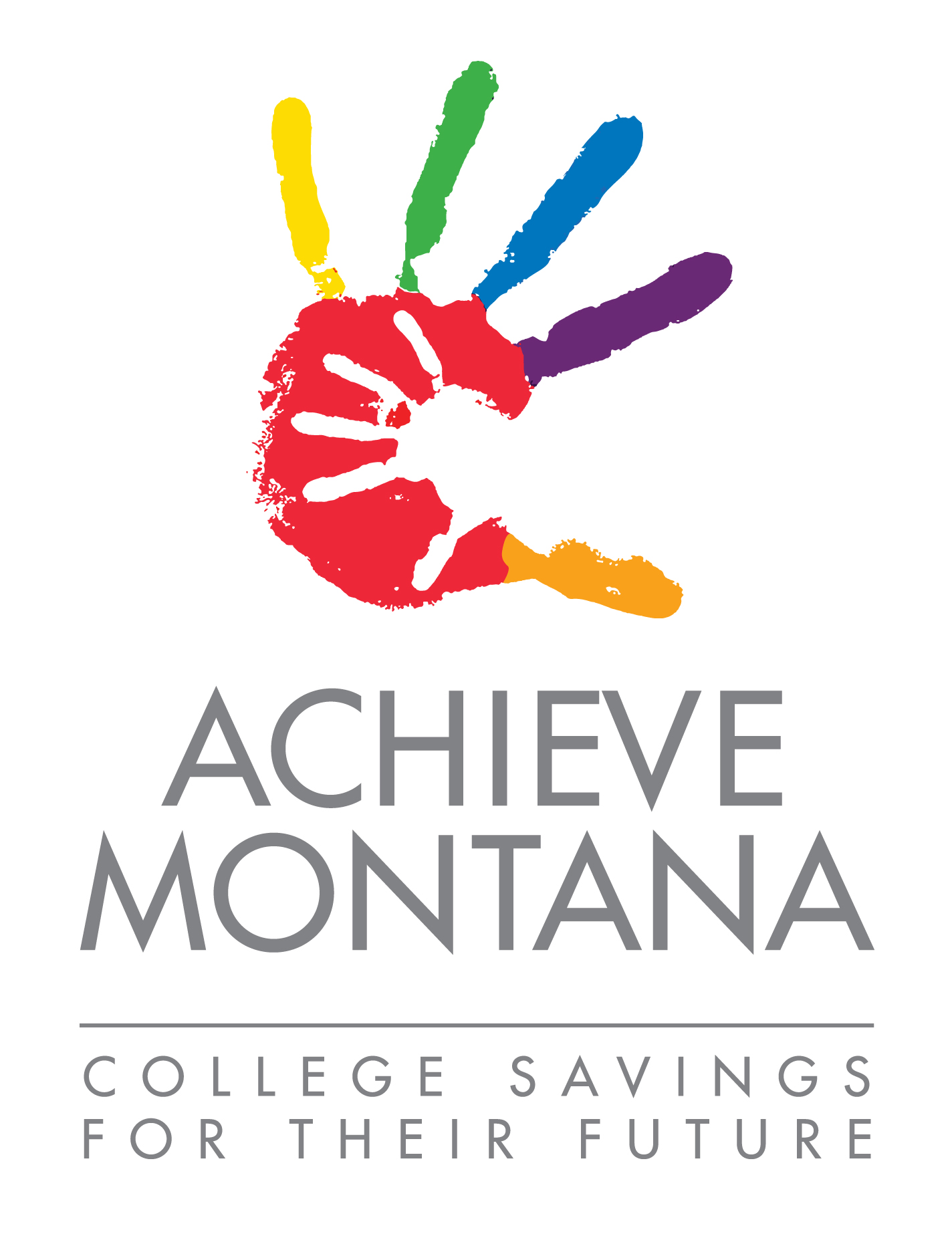
When it comes to graduating or pursuing higher education opportunities outside of high school, many students are faced with one overwhelming question: What do I want to do next? A question that even many adults continue to struggle with throughout their life. And yet, the “societal norm” is for 18-year-olds to have it all mapped out prior to moving their tassel over on graduation day. But what if you don’t? Or even more, what if you do and your dream career or next step doesn’t include the typical college pathway?
Enter vocational programs, or trade and technical schools. Despite 62% of high school graduates enrolling in college immediately after high school, nearly 40% do not complete their college degree – making trade schools a great avenue for success for many young students. But how do you know if a four-year degree or an exciting alternative like trade school is the right career path for you or your child? Here are a few of the top reasons that encouraged millions of students to launch their dreams through vocational programs around the U.S.
Costs & Timeline
While costs vary by program, trade and technical schools are known for being significantly less expensive than a four-year degree. Taking into consideration tuition, fees, supplies, and room & board, the average cost of a 4-year institution is $22,090 per year. Whereas the average cost for a 2-year institution comes in at $12,447 per year.
In addition to reduced costs (many of which can be covered through scholarships, grants, and 529 savings), vocational programs are often offered year-round and do not require extensive admission requirements or fees. Meaning students can transition from high school to trade school within the matter of a month or two – forgoing the fear of missing enrollment dates or not meeting certain academic prerequisites.
Workforce Integration
Whereas most bachelor’s programs include a year or two of general education courses prior to career-specific credits, vocational programs include only job-specific education. As such, most trade programs can be completed within two years or in an even shorter timeline, depending on the certification. This allows participants to self-pace, enter the workforce quickly and create relationships with potential employers along the way.
Hands-On Development
If you or your child are hands-on learners (can’t sit still in the classroom, has trouble testing, is a visual thinker, etc.), a vocational program may just be the perfect fit! Rather than endless amounts of seated work, trade programs are centered around practical experience and real-world simulations. Meaning while there may be the occasional lecture and multiple-choice test, a majority of coursework will be fulfilled through hands-on learning experiences like scheduled labs, live demonstrations, on-the-job training, and even sometimes clinical rotations.
Salary Potential
Statistically speaking, bachelor’s degrees do still lead to higher earning opportunities. However, those opportunities aren’t always fulfilled. According to the Bureau of Labor Statistics, the annual mean salary for professionals who have completed a technical or trade school is $68,480 – with those in management positions earning an average of $107,770 annually. While this is, of course, dependent on occupation and location, trade jobs are not only a growing field across the nation, but are also the heartbeat and driving force behind many small-town economies.
For more on salary, check out the Top 10 Highest-Paying Trade Jobs.
Job Growth
Speaking of job growth, with trades occupations in nearly every industry – including healthcare, technology, business, legal, and agriculture – the opportunities for entering the workforce are endless. And growing every minute! Recent data shows that nearly 73% of professionals who completed an associate degree were employed after graduation, with rising trade jobs, including wind turbine technicians, occupational therapists, home health aides, and veterinarian technicians.
In addition to national job growth, trade school students often have high rates of employment given the connections they establish with future employers during various on-the-job training opportunities. To accelerate learning potential, Montana offers 485 approved career and technical education programs for students.
To learn more about vocational programs offered in your area, visit Accredited Schools Online and then check out the many ways Achieve Montana can help you save for your future career.
Achieve Montana helps families save for every dream, no matter the path.
Disclaimers
For more information about Achieve Montana, download an Enrollment Kit at achievemontana.com or call 877.486.9271. The Enrollment Kit includes a Program Description that discusses investment objectives, risks, charges, expenses, and other important information; read and consider it carefully before investing.
If you are not a Montana taxpayer, consider before investing whether your or the beneficiary’s home state offers any state tax or other benefits such as financial aid, scholarship funds, and protection from creditors that are only available for investments in that state’s qualified tuition program.
Achieve Montana is sponsored by the State of Montana and administered by the Montana Board of Regents of Higher Education, as sole trustee of the Montana Family Education Savings Trust. Ascensus College Savings Recordkeeping Services, LLC provides program management, recordkeeping and administrative support services for Achieve Montana. Blackrock Fund Advisors, Dimensional Fund Advisors LP, Charles Schwab Investment Management, Inc., New York Life Insurance Company and the Vanguard Group, Inc. each provide investment management services for the underlying investments comprising Achieve Montana’s portfolios.
Except to the extent of the New York Life Insurance Company guarantee that is available for the Capital Preservation Portfolio and certain of the Year of Enrollment Portfolios, investment returns are not guaranteed, and you could lose money by investing in Achieve Montana.
Earnings on non-qualified withdrawals are subject to federal income tax and may be subject to a 10% federal penalty tax, as well as state and local income taxes. The availability of tax or other benefits may be contingent on meeting other requirements. See the Program Description for more details on qualified expenses.
© 2024 Achieve Montana. All rights reserved.




